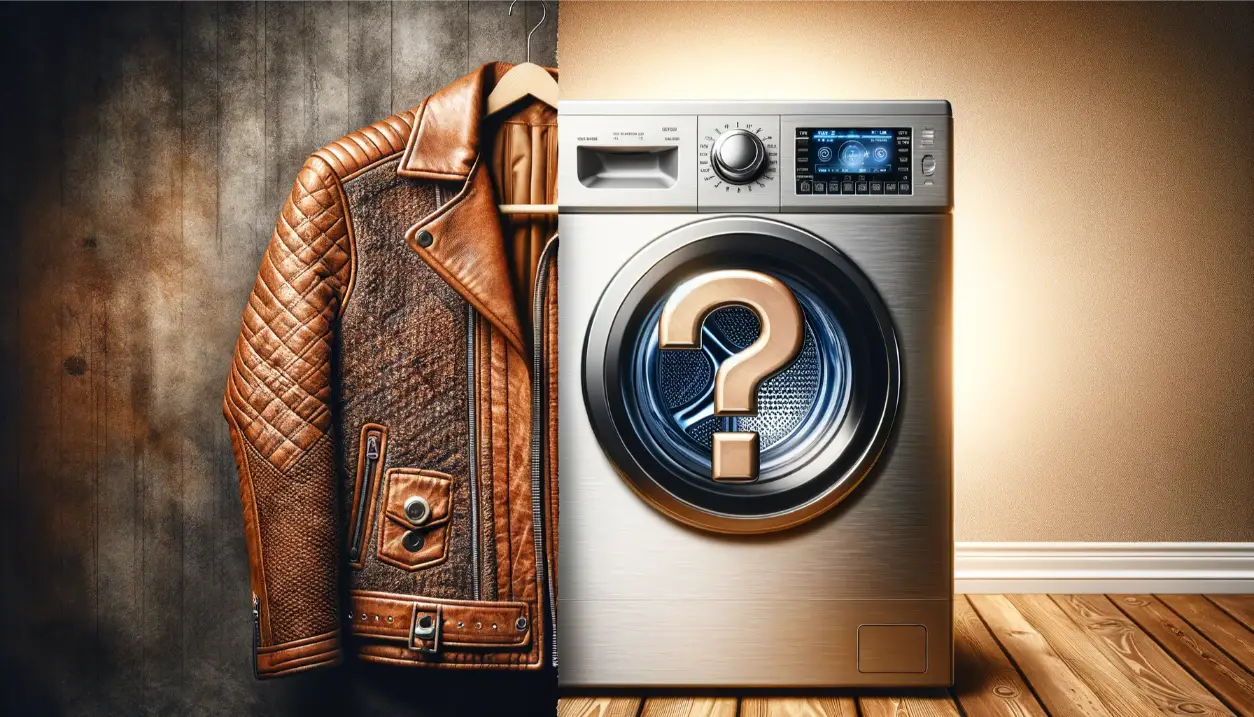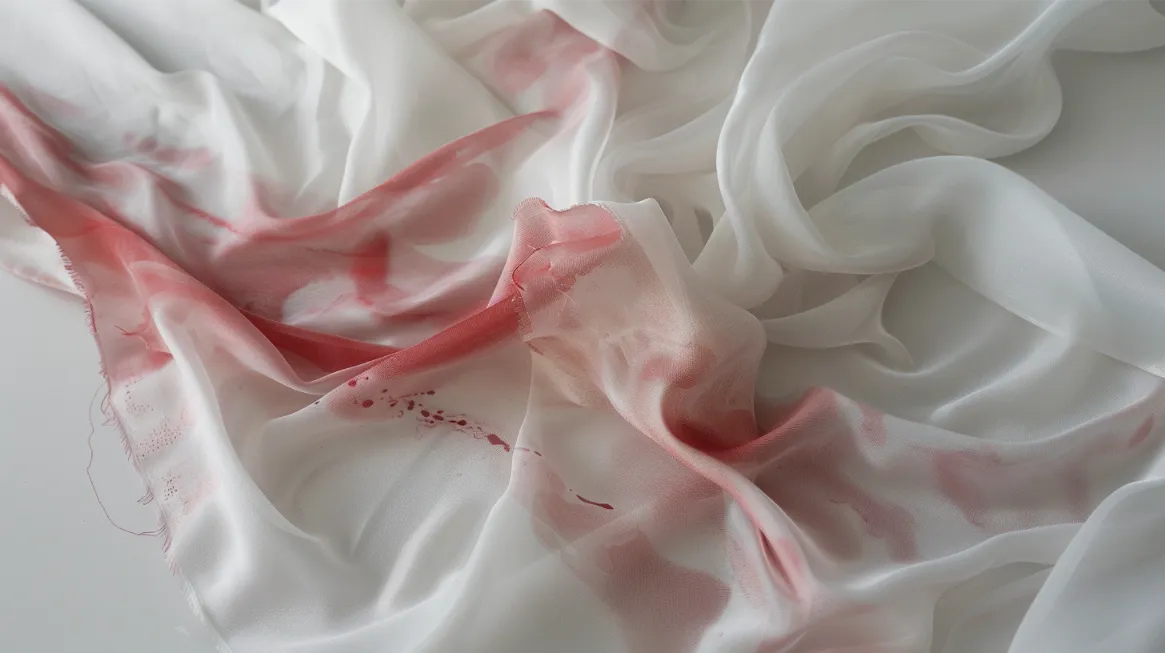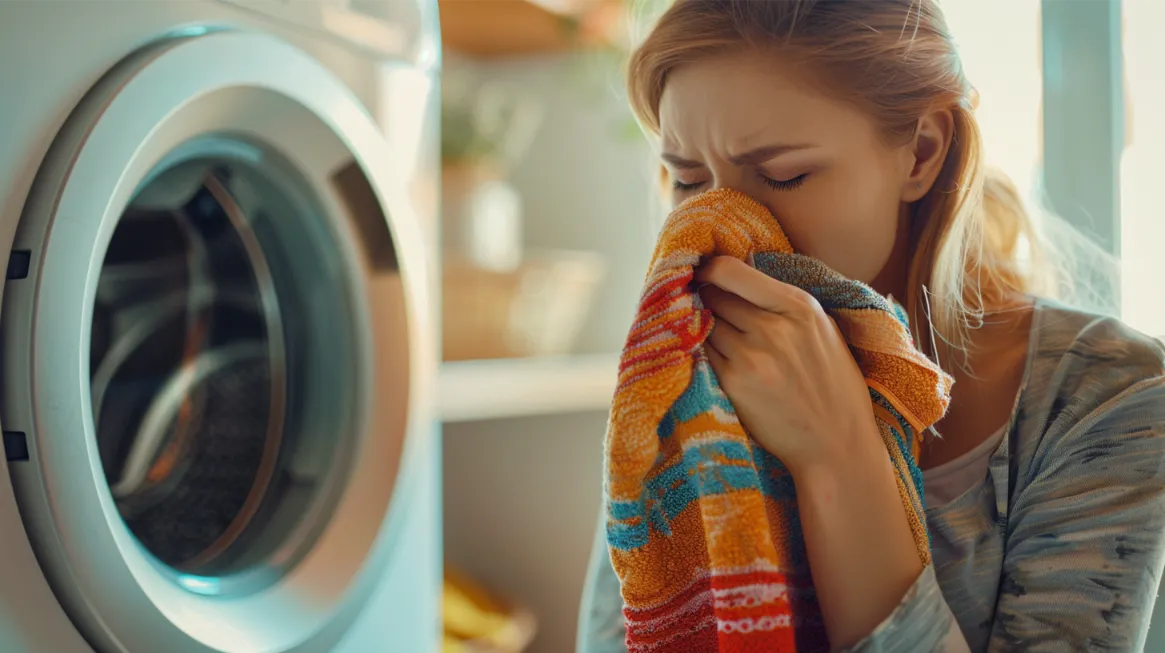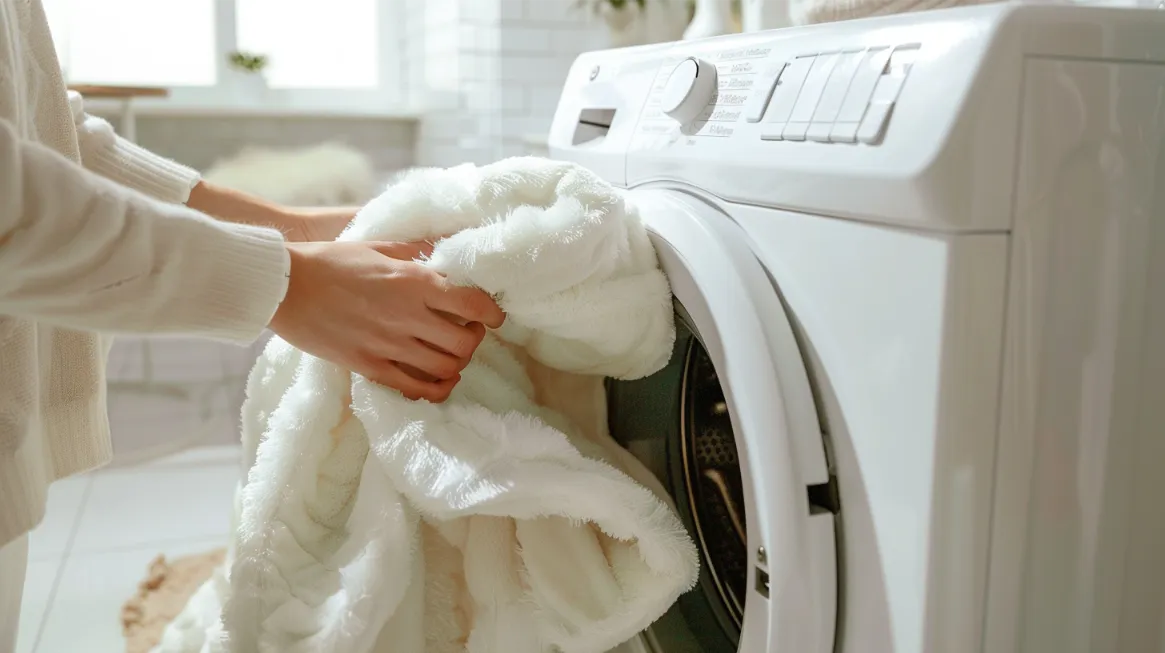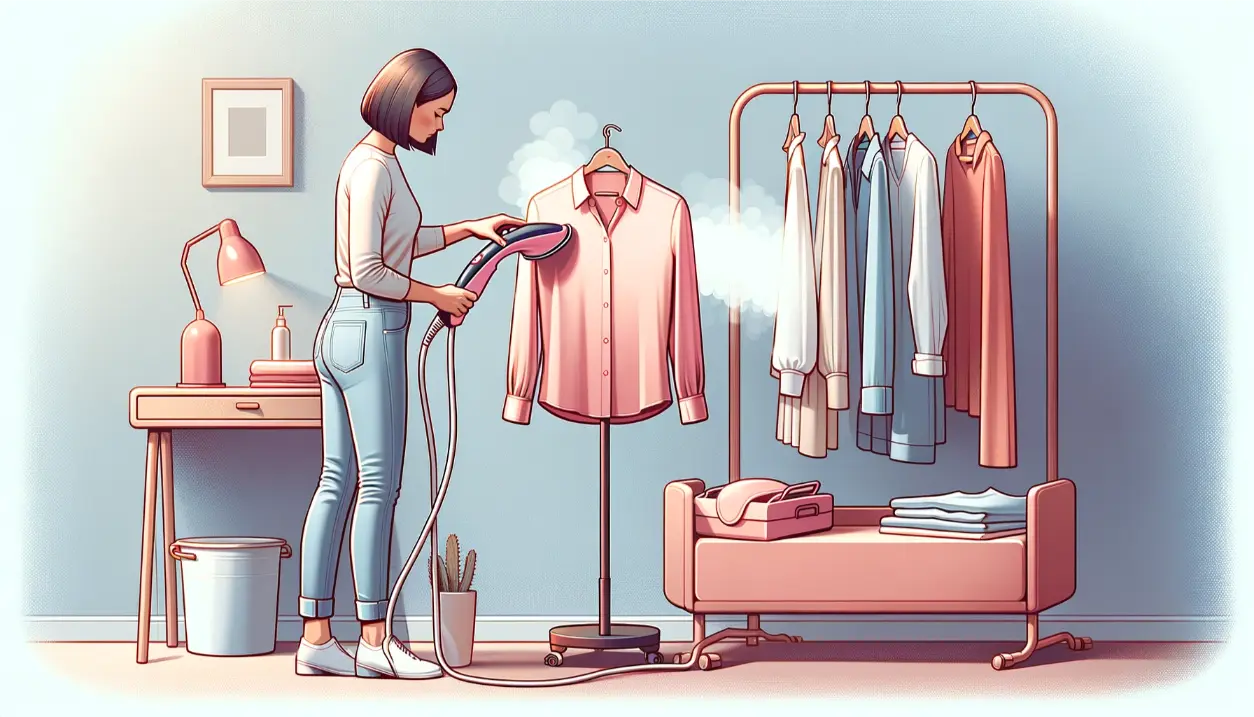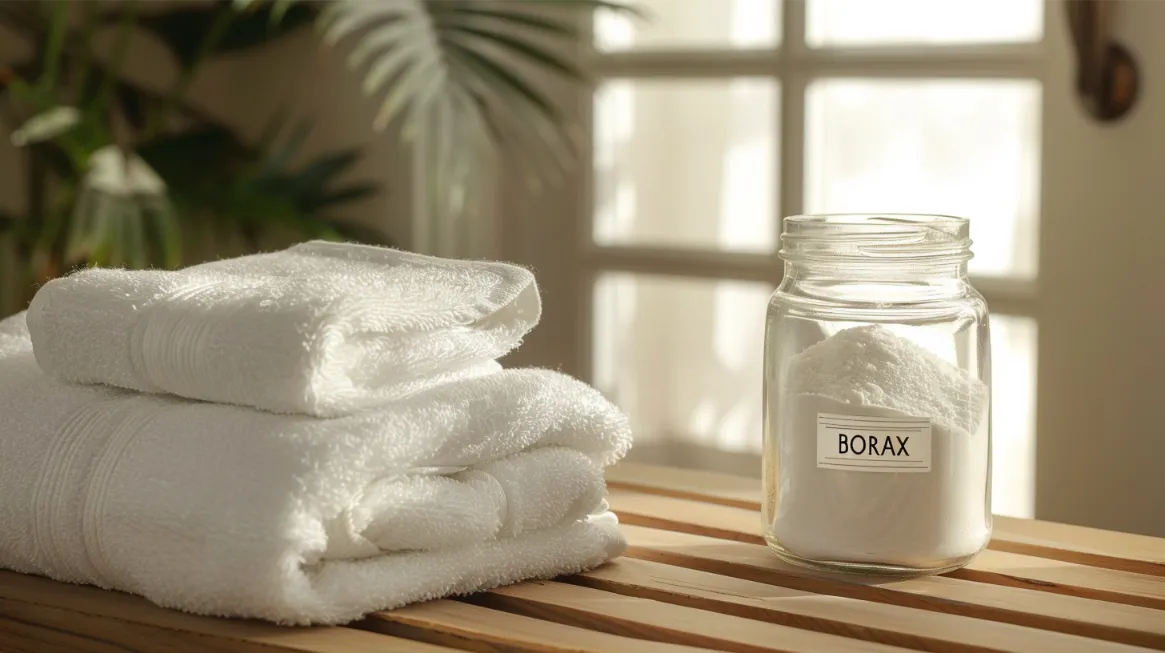Combating mold is essential for preserving the quality and appearance of leather items. Mold can easily take hold of leather surfaces, causing discoloration and deterioration.
However, fear not, as there are effective methods to remove mold from leather in just three simple steps. Following these steps, you can restore your leather items to their former glory, ensuring their longevity and aesthetic appeal.
So, if you’re curious how to bid farewell to mold and embrace clean, pristine leather, keep reading to discover the secrets behind this three-step process.
Key Takeaways
- Properly preparing the leather is crucial for effective mold removal.
- Gently brush off visible mold and use water and rubbing alcohol for cleaning.
- Thoroughly dry the leather to prevent mold regrowth, and consider conditioning it to restore its luster.
- Prevent future mold growth by storing leather items in a cool, dry place and regularly inspecting and cleaning them.
Prepare the Leather
To effectively remove mold from leather, it is essential to properly prepare the leather surface before cleaning. Mold and mildew can harm leather, so taking the necessary steps to ensure a successful cleaning process is important.
Start gently using a soft brush to remove loose mold from the leather surface. Be careful not to scrub too hard, which can damage the leather. Once the loose mold has been removed, wipe down the leather item with a damp cloth. This will help remove any visible mold residue that may be present.
After wiping down the leather, allow it to air dry completely before proceeding to the next cleaning steps. This is crucial to prevent any remaining mold spots from spreading or growing further. Additionally, ensure that the leather is completely dry before moving on, as any moisture left behind can lead to future mold growth.
Properly preparing the leather before cleaning ensures effective mold removal and prevents recontamination. By using a soft brush, wiping down the leather with a damp cloth, and allowing it to air dry thoroughly, you take the necessary steps to remove mold and protect your leather items.
Remove the Mold
To effectively remove mold from leather, follow these steps to ensure thorough cleaning and prevent recontamination.
First, gently use a soft brush to remove any visible mold from the leather surface. Be careful not to scrub too hard, as this could damage the leather.
Next, create a mixture of water and rubbing alcohol in equal parts. Dampen a clean cloth with the solution and gently wipe down the entire leather item, paying extra attention to the areas affected by mold. The rubbing alcohol will help kill any remaining mold spores and prevent them from spreading. It is important to avoid overwetting the leather during this process to preserve its quality.
After cleaning, thoroughly dry the leather item. Mold thrives in damp environments, so ensuring the leather is completely dry is crucial to prevent mold regrowth.
Finally, once the leather is dry, you can consider conditioning it to restore its luster and protect it from future damage. Conditioning your leather will help replenish any lost moisture and provide a protective layer against organic materials that could promote mold growth. Remember to wipe away any excess conditioner using a clean cloth.
Clean and Condition the Leather
After removing mold from the leather, the next step is to clean and condition it to restore its natural oils and prevent future mold growth.
Here are four effective methods to clean and condition moldy leather:
- Use a mild detergent or saddle soap: Mix a small amount of mild or saddle soap with water to create a cleaning solution. Gently wipe the moldy areas with a soft cloth or sponge soaked in the solution. Rinse the cloth or sponge and wipe away any soap residue. Allow the leather to air dry.
- Apply a leather conditioner: Once the leather is clean and dry, apply it to restore its natural oils and maintain its flexibility and durability. Choose a conditioner specifically designed for leather goods and follow the manufacturer’s instructions for application.
- Focus on problem areas: Pay extra attention to areas prone to mold growth, such as creases, folds, and seams. Use a soft brush or toothbrush to scrub these areas to ensure thorough cleaning gently.
- Regular maintenance: Clean and condition your leather goods to prevent mold growth. This will help maintain the quality and appearance of your items and prolong their lifespan.
Frequently Asked Questions
What Are the Best Ways for Mold Removal?
The best ways for mold removal include using a solution of water and rubbing alcohol, brushing off loose mold, applying thick soap suds, and using denatured alcohol, saddle soap, or commercial leather cleaners. It is important to avoid overwetting leather and ensure it dries completely.
Does Baking Soda Kill Mold on Leather?
Yes, baking soda can effectively kill mold on leather surfaces. Its ability to absorb moisture and odors makes it difficult for mold to thrive. Sprinkling baking soda on moldy leather and brushing it off can help eliminate mold.
How Do You Remove Mold From Leather?
To effectively remove mold from leather, wipe off visible mold with water and rubbing alcohol. Gently apply the mixture with a soft cloth, allow the leather item to air dry completely, and use a leather conditioner afterward for restoration and prevention.
Does Sunlight Kill Mold on Leather?
Sunlight exposure can effectively kill mold on leather. The UV rays inhibit mold growth and eliminate existing spores. Direct sunlight for several hours removes mold and naturally freshens and deodorizes leather items.


